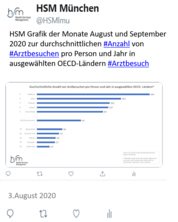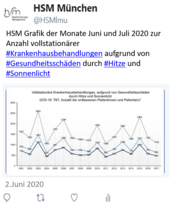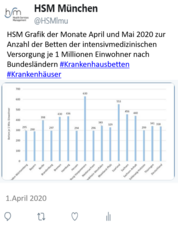Variation in utilization and need for tympanostomy tubes across England and New England
| Authors/Editors: |
Parker, D.M. Schang, L. Wassermann, J.R. Viles, W.D. Bevan, G. Goodman, D.C. |
|---|---|
| Publication Date: | 2016 |
| Type of Publication: | Articles in Refereed Journals (International) |
| ISBN/ISSN: | http://dx.doi.org/10.1016/j.jpeds.2016.08.093 |
| erschienen in: | The Journal of Pediatrics |
Objectives: To compare rates of typmanostomy tube insertions for otitis media with effusion with estimates of need in 2 countries.
Study design: This cross-sectional analysis used all-payer claims to calculate rates of tympanostomy tube in-sertions for insured children ages 2-8 years (2007-2010) across pediatric surgical areas (PSA) for Northern New England (NNE; Maine, Vermont, and New Hampshire) and the English National Health Service Primary Care Trusts (PCT). Rates were compared with expected rates estimated using a Monte Carlo simulation model that integrates clinical guidelines and published probabilities of the incidence and course of otitis media with effusion.
Results: Observed rates of tympanostomy tube placement varied >30-fold across English PCT (N=150) and >3-fold across NNE PSA (N=30). At a 25 dB hearing threshold, the overall difference in observed to expected tympanostomy tubes provided was −3.41 per 1000 child-years in England and −0.01 per 1000 child-years in NNE. Observed incidence of insertion was less than expected in 143 of 151 PCT, and was higher than expected in one-half of the PSA. Using a 20 dB hearing threshold, there were fewer tube insertions than expected in all but 2 England and 7 NNE areas. There was an inverse relationship between estimated need and observed tube insertion rates.
Conclusions: Regional variations in observed tympanostomy tube insertion rates are unlikely to be due to differences in need and suggest overall underuse in England and both overuse and underuse in NNE.





